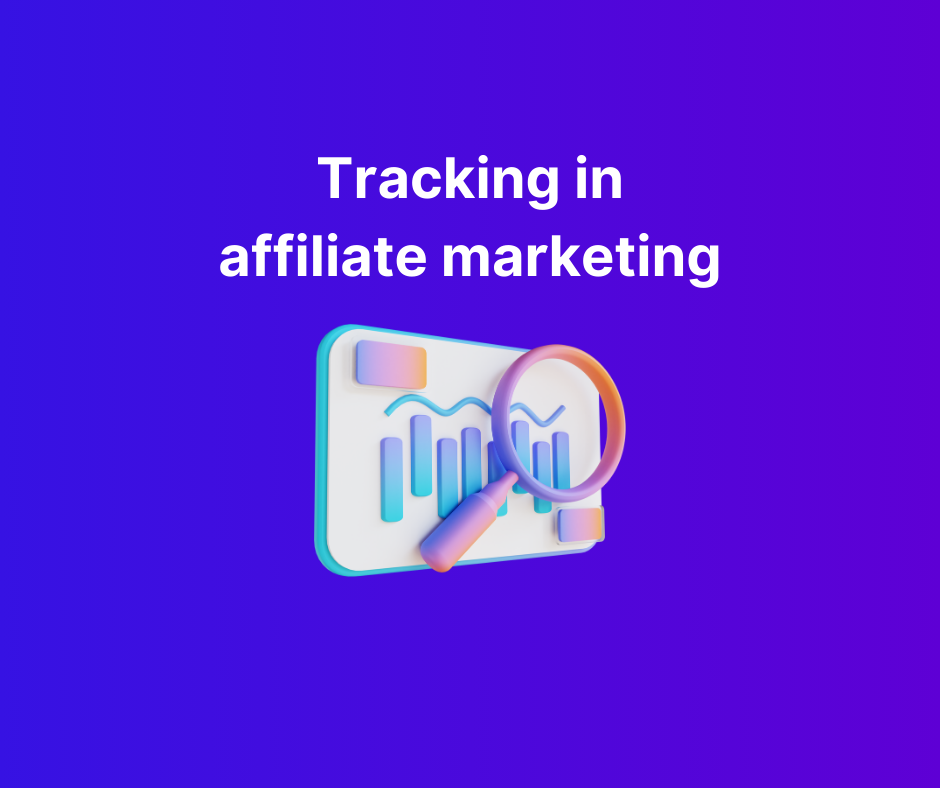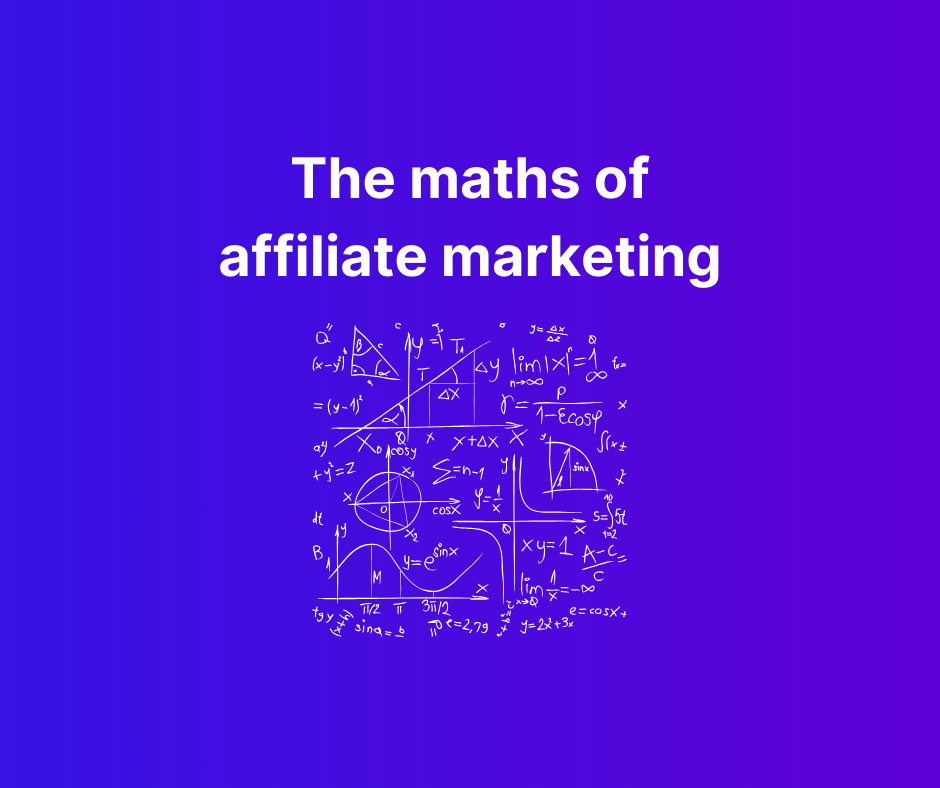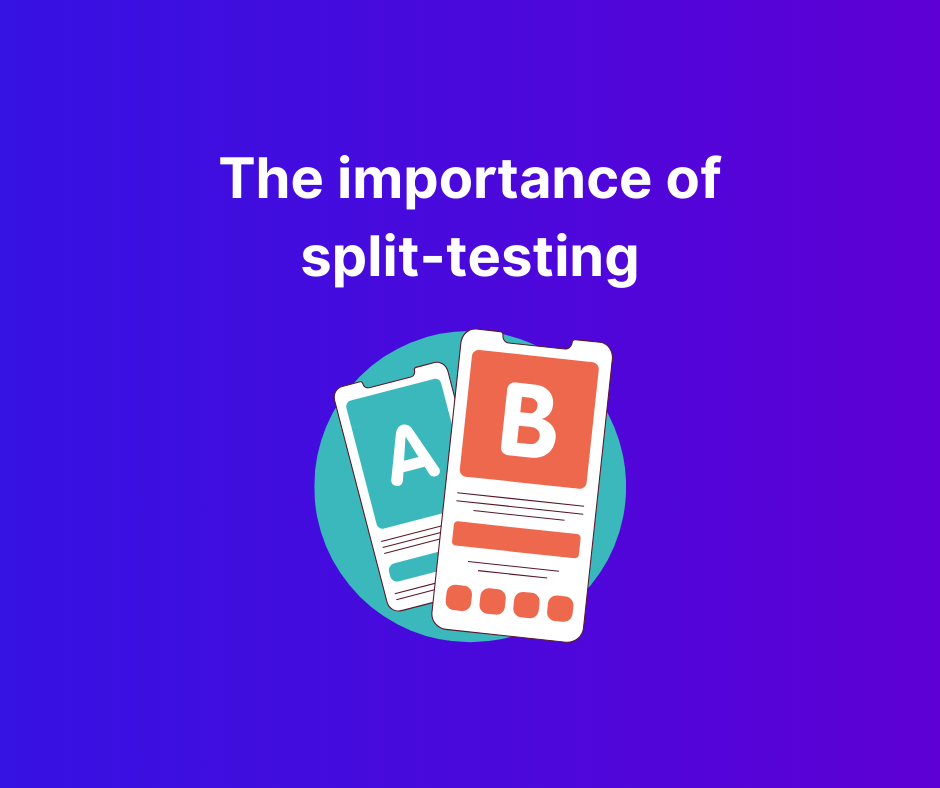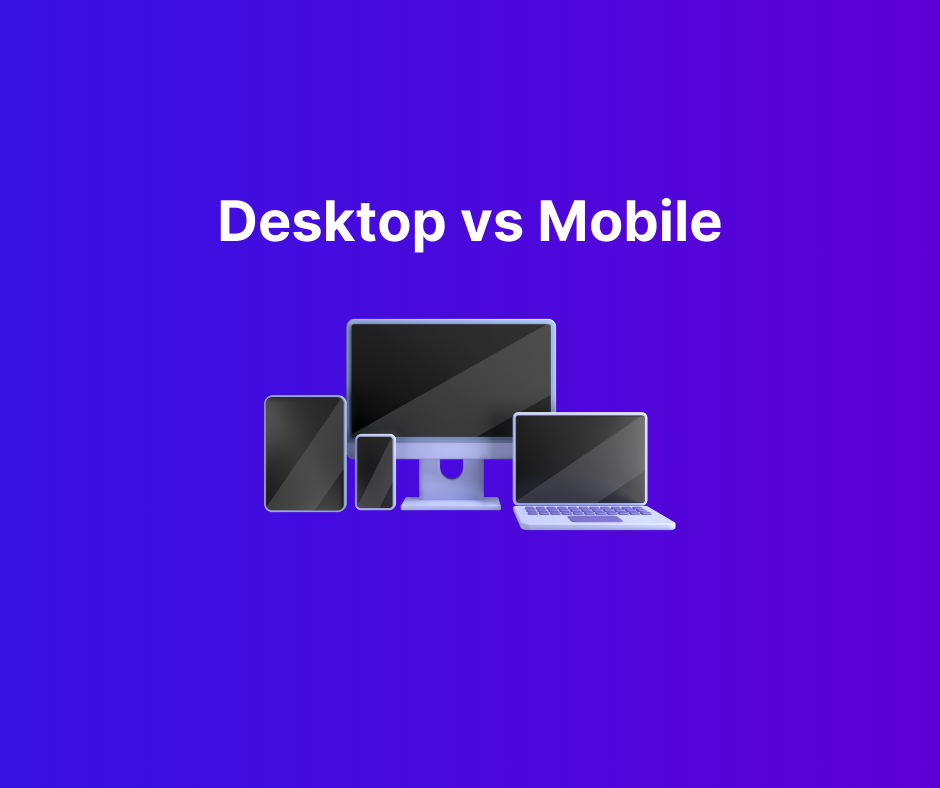The various entities involved in affiliate marketing
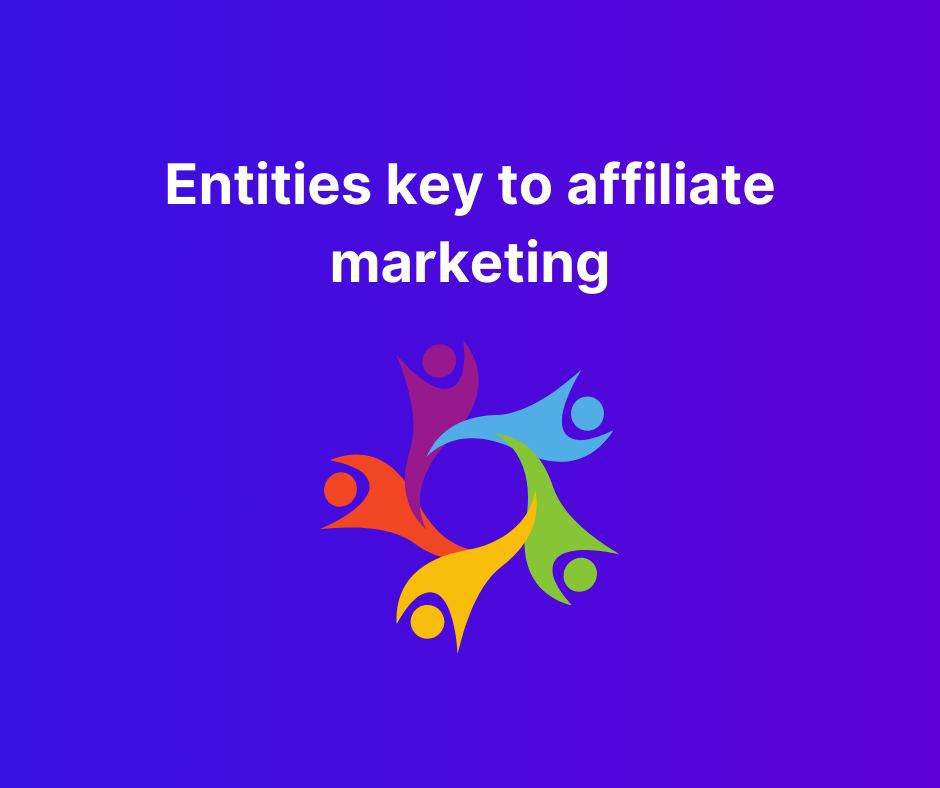
So you’re running a media buying campaign on some traffic source and generating commissions.
Those commissions could be on a per click, per lead, or per sale basis - usually per lead (a lead is where the product/service owner has acquired customer information, e.g. they have registered on their site, so can now try to monetise them over time).
Finding these products, getting commissions, and running your marketing campaigns involves several entities that will be outlined here.
A traffic source
This could be a paid traffic source or a ‘free’ source of sorts.
By free I mean a source of visitors that receives traffic organically from search engines, Facebook posts/pages, content articles, or from regular followers who visit a site/blog/etc.
However, nothing is ever really free. Search engine optimisation (SEO) has become a huge business and companies spend $x,xxx-$xx,xxx+ per month on this.
Most traffic sources discussed here are what we would consider "paid traffic”.
Examples include Facebook, Google Ads, popup/push sources and native advertising.
You will pay to have ads of any format displayed on these traffic sources, on a per click or per impression basis, otherwise known as CPC and CPM, respectively.
An impression is a single delivery of your ad, which usually means a view by a user.
Sometimes ads may deliver "below the fold" - below the bottom of your browser window in the case of on-page ads, so users will have to scroll down to see them.
In this situation it's possible to get an impression without a user physically looking at your banner, hence why "above the fold" inventory is typically higher priced.
When users click on these banners, they will be sent to a URL of your choice - typically that of a tracking system you use.
A tracking system
This isn’t a typical entity or third party business like the other entities described here, but it is an integral part of your marketing campaigns and something which you control.
We will talk more about tracking systems later.
An affiliate network
These are the middlemen that provide you with access to products, services, or offers, that you otherwise wouldn’t be able to promote.
There are hundreds of affiliate networks, some specialise in different things.
These networks establish relationships with “advertisers” and allow affiliates to send traffic to their offers. The network also pays you on behalf of the advertiser and will typically do so at a much faster frequency - so they float payments to you and absorb the risk associated with waiting for the advertiser to pay them.
They of course are getting paid more per conversion than you and take a cut in the middle (their margin can vary quite a lot).
At affiliate networks you will be assigned an affiliate manager. They are your go-to person for queries and it is their job to provide suggestions for what offers to run, and to protect their advertisers’ interests by making sure you are running traffic in a compliant manner.
In general, the affiliate network and managers care about the relationship with the advertiser a lot more than they do with you, so be mindful of this.
As an affiliate at a low level you may do $100/day in conversions. But they might do $50,000 USD a day with the relevant advertiser and make commissions of several hundred thousand a month. They want to keep that relationship, so will not let an affiliate jeopardise it.
Affiliate networks also play an important role in tracking your campaigns - they have specific systems that allow you to connect the dots between your traffic source, tracking system and the advertiser. Mastering this is key to tracking well.
The advertiser
When it comes to affiliate marketing campaigns, the advertiser is the person who owns the offer.
This seems counter-intuitive since you are doing the advertising. However, remember, it is the product owner who is advertising their product or service and they are merely using an affiliate network as one means to this end.
From an outsider perspective (e.g. a customer, media, lawyer etc.), the ads are run by the product owner, not you, and they are liable for all the marketing, sales, customers, and laws around these.
The advertiser’s interests generally come first-especially to the affiliate network. This is why you will often be required to send in ads and landing pages for approval.
This is to protect the brand of the advertiser by making sure people aren’t advertising their product or service in an unacceptable way.
Do not run things that have not been approved if approval is required, as this may lead to you getting revenue revoked. Worst case you lose all your accrued revenue and may even get fined/sued for things that cause harm or legal issues for the product owner.
Not all offers will require approval, and generally you should try and keep as many details of your campaign as private as possible - even from your affiliate manager.
To summarise, here is a map of how things are related for a typical campaign:
Now, if you think of this from a “money flow” perspective i.e. who pays who, you can look at it like this:
In the end, the customer is where the money comes from.
So it’s important with offers to understand how the advertiser/product owner is actually making money – how do they monetise offers, how does their product make money, what is a good outcome for the customer, what provides value, what is a “quality” customer to the advertiser, etc.
In the long run, products that provide value to customers will always do better and survive longer.
That being said, there’s a lot of offers from affiliate networks that might seem “low value” or scammy, e.g. sweepstakes, mobile content offers, etc. where it’s not quite clear what the user gets out of this.
In many cases, these are broad appeal offers that do provide something, though their value may be ambiguous to the more technical and sceptical marketer.
One could compare it to lottery tickets where you know the chances of winning are slim, yet you still buy them anyway as games of chance appeal to you.
It’s up to you to navigate these and choose what you are comfortable with advertising.


